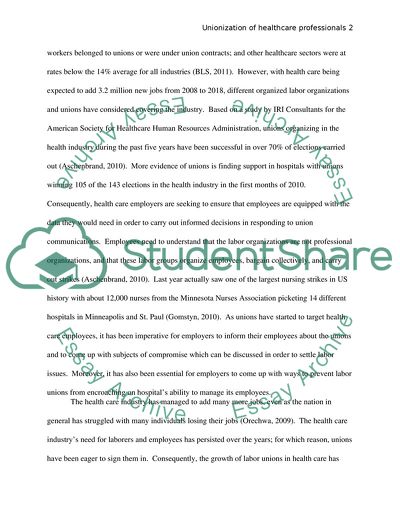Cite this document
(Unionization of Healthcare Professionals in the United States Research Paper, n.d.)
Unionization of Healthcare Professionals in the United States Research Paper. Retrieved from https://studentshare.org/health-sciences-medicine/1749801-unionization-of-health-care-professionals-in-the-us
Unionization of Healthcare Professionals in the United States Research Paper. Retrieved from https://studentshare.org/health-sciences-medicine/1749801-unionization-of-health-care-professionals-in-the-us
(Unionization of Healthcare Professionals in the United States Research Paper)
Unionization of Healthcare Professionals in the United States Research Paper. https://studentshare.org/health-sciences-medicine/1749801-unionization-of-health-care-professionals-in-the-us.
Unionization of Healthcare Professionals in the United States Research Paper. https://studentshare.org/health-sciences-medicine/1749801-unionization-of-health-care-professionals-in-the-us.
“Unionization of Healthcare Professionals in the United States Research Paper”, n.d. https://studentshare.org/health-sciences-medicine/1749801-unionization-of-health-care-professionals-in-the-us.


